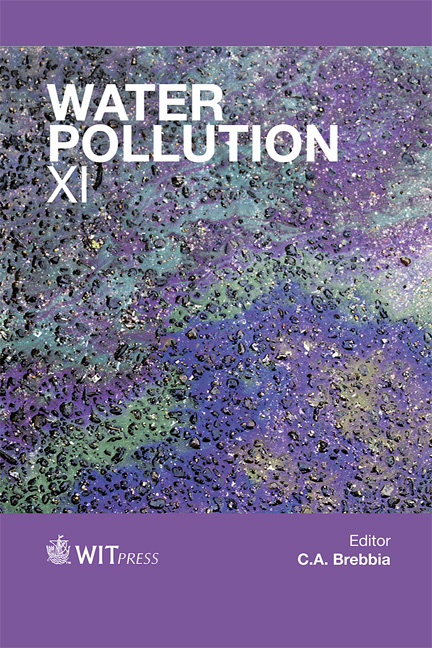Assessment Of Model Adequacy And Parameter Identifiability For Predicting Contaminant Transport In The Beaverlodge Lake Area, Canada
Price
Free (open access)
Transaction
Volume
164
Pages
12
Page Range
159 - 170
Published
2012
Size
1,070 kb
Paper DOI
10.2495/WP120141
Copyright
WIT Press
Author(s)
C. E. Hamer, B. E. Halbert, M. Webster & J. M. Scharer
Abstract
Contaminant dispersion modeling has been performed on a watershed within the Beaverlodge Lake region, an area which has been affected by past mining activities. The post-decommissioning period was modeled using a proprietary computer code called LAKEVIEW (SENES Consultants Limited) in order to predict future water column and sediment concentrations. The objective of the current study was to ascertain model adequacy and parameter identifiability. Using the Metropolis-Hastings algorithm of the Markov Chain Monte Carlo computational procedure, parameter calibration was performed at several lake locations in the watershed. The calibration process was informed by applying the modified Akaike Information Criterion (AICc) to assess model adequacy. A normalized parameter sensitivity matrix was then used to establish parameter identifiability and to rank the significance of the parameter estimates. The calibrated model captured the time dependent trends for all key constituents throughout the calibration period. Results of this study indicate that flow through the system is the single most significant parameter for predicting uranium concentrations in the Fulton Creek Watershed while radium-226 concentrations are highly dependent on many parameters influencing transport from the sediments in addition to flow. Keywords: constituent source modeling, parameter distribution, parameter identifiability, akaike information criterion, model adequacy.
Keywords
constituent source modeling, parameter distribution, parameter identifiability, akaike information criterion, model adequacy





